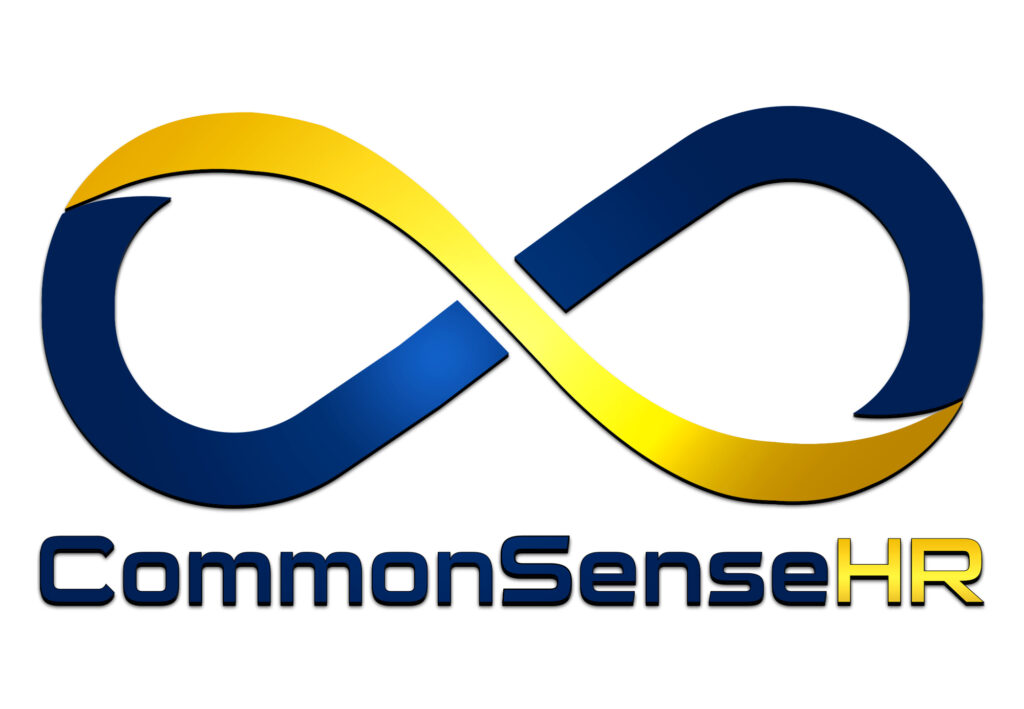My wife and I attended the first day of the “Be the Change” Conference held at the Anvil Centre in New Westminster today, sponsored by Stenberg College.
The morning session was about Truth & Reconciliation and Aboriginal experiences of the Residential Schools. Residential schools operated in Canada between the 1870s and the 1990s. It is estimated that over 150,000 children between the ages of 4 and 16 attended these schools.
To provide some perspective, the 2016 Canadian Census enumerated 1,673,780 Aboriginal people in Canada, 4.9% of the country’s total population. This total includes 977,230 First Nations people, 587,545 Métis, and 65,025 Inuit.
Our takeaway from this session was that, just as the Aboriginal people of Canada are finally able to begin finding and expressing their voice, so too each of us need to help promote a culture and an environment for us to feel safe in doing the same.
The afternoon session addressed the reasons for Homelessness. A key takeaway from this session was that the largest causal factor of homelessness in BC is the displacement of people due to the housing crisis and lack of government involvement and policy.
Again, to provide perspective on this, in March 8, 2017 a total of 3,605 people were homeless in Metro Vancouver. An additional 606 people were found to be homeless in the Fraser Valley Regional District’s Homeless count. However, because of the difficulty in collecting this data, the number could be much greater. The latest count in Metro Vancouver had recorded a sharp increase in the number of people who are homeless, up 30 per cent from a previous count in 2014.
It has been suggested that the problem of the twenty-first century is the problem of something called “othering.” This can result in a phenomenon known as in-groups versus out-groups. So much conflict in the world today continues to be based on a variety of types of group-based bias against religions, languages, economic and other cultural groups.
Having preferential empathy does serve a purpose and we do need to categorize to a certain extent. After all, there is nothing necessarily wrong with having preferences about whom we choose to be connected with, or those we want to avoid for good reason. However it is important that we continue challenging and rejecting the stereotyping of others simply because they are unlike us. To the extent we can do this, we can then choose to communicate with the groups that we consciously want to include and welcome into our community and society.
First comes the awareness, then the attitude, followed by knowledge such as that provided at the conference we attended today and finally development of the necessary skills to break down the barriers and to, not only communicate, but to also connect with others we might previously have rejected. These are the essential steps needed if we are going to progressively move towards widening the circle of human concern so essential in “humanizing the other.”


